Soft Tissue Therapy

The term “soft tissue release” (STR) refers to a kind of manual therapy in which the therapist uses their hands to evaluate and treat the patient’s soft tissues. When the body’s soft tissues (muscle, tendon, fascia, and ligaments) are injured, either acutely or chronically, they swell, form adhesions, and eventually scar.
A lot of people who have this kind of injury have trouble moving about, losing muscle mass, and having trouble doing daily tasks. Tense regions within a single muscle are singled out for soft tissue release in the hopes of eliminating adhesions and scar tissue and so alleviating pain and tension in the muscle.
Soft Tissue Therapy focuses on the musculoskeletal system to evaluate the condition of tissues, body’s fluids (including blood and lymphatic fluid), and its overall structure. The therapy works to reduce harmful fluid retention in the body, promoting improved circulation and drainage of the body’s fluids.
This, in turn, helps to stimulate the body’s immune system, resulting in better health and improved functioning. Osteopathic Technique Soft Tissue Therapy can be used to treat a variety of conditions, including pain relief, joint stiffness, chronic muscle tension, and more. It can also be used as part of an integrated approach with other therapies for optimal results.
Soft-Tissue Release and Its Effects:
The therapist begins by applying pressure to one end of the muscle to “lock” or “fix” it to the supporting structures. The therapist then uses the other hand or massage instrument to apply intense pressure, often lubricating the area with lotion or oil to reduce friction.
Depending on the method, the muscle is either actively or passively stretched. Muscle length, resilience, and function may all be restored with soft tissue release by first releasing adhesions in the muscle and then increasing blood flow to the region.
Acute and chronic injuries, both of which take a long time to heal, may benefit quickly from soft tissue release. Patients of varying ages, activity levels, and mobility may all benefit from its use in the treatment of pain and dysfunction. To achieve a decrease and/or removal of symptoms, soft tissue release should be utilised in concert with other therapy modalities for numerous musculoskeletal diseases.
Holistic Treatment Approach:
The therapist makes extensive use of soft tissue therapy. Common applications include assessing tissue health and facilitating the movement of lymph and blood. Maintaining a constant flow of bodily fluids aids the immune system and decreases the risk of dangerous fluid retention.
Fascia is a ubiquitous bodily tissue. It’s the link between the skin and the deeper components of the body. To achieve this, practitioners first assess the fascia for regions of restriction, and then utilise soft tissue manipulation to restore a neutral length and tension to the fascial network.
Manual osteopathic practitioners at Naturopath Osteopath Clinic continually assess their patients’ tissue health. They try a new method to loosen a constraint if the old one doesn’t do the trick. Manual osteopaths prioritise health restoration over excessive treatment.
Naturopath Osteopath Clinic Manual Osteopathic Services

Osteopathic Pain Management
Osteopathic pain management is a field of medicine that uses manual therapies and other treatments to help people manage pain. Osteopathic pain management is often used to treat chronic pain, but can also be used to treat acute pain.
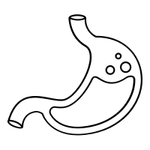
Osteopathic Systemic Dysfunction and Problems
Osteopathic systemic dysfunction (OSD) is a term used to describe a state of body function that is characterized by a disruption in the normal balance of the musculoskeletal, cardiovascular, respiratory, and digestive systems.
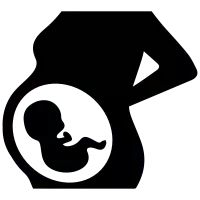
Pregnancy
Osteopathy for Pregnancy is a form of treatment that focuses on the body’s structure and how it functions. Osteopaths believe that restrictions in movement or pain in one area of the body can cause problems in other parts of the body.
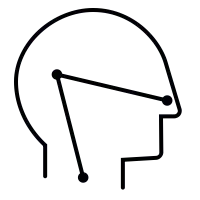
Ear, Nose and Throat Problems
Osteopathy is a form of manual medicine that uses specific techniques to diagnose and treat problems with the musculoskeletal system. Osteopaths believe that many health problems can be traced back to problems with the bones, muscles, and joints.
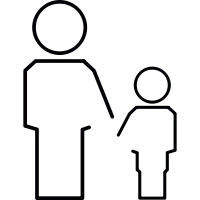
Pediatric Osteopathy (Babies and Children)
Pediatric Osteopathy is a form of holistic medicine that uses manual manipulation of the body to improve circulation and overall health. Osteopaths believe that this type of treatment can help with a wide range of issues, from ear infections to colic.
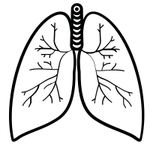
Respiratory Illness
Osteopathy is a form of manual medicine that uses the hands to diagnose and treat health problems. Osteopathy can be used to treat a wide variety of respiratory illnesses, including asthma, bronchitis, and pneumonia.
If you liked this content and found it to be informative, please rate it.
We are sorry that this post was not useful for you!
Let us improve this post!
Tell us how we can improve this post?
